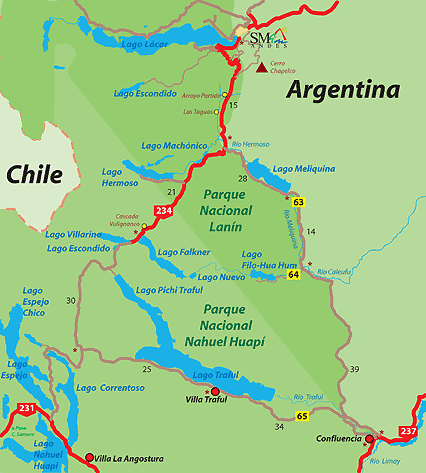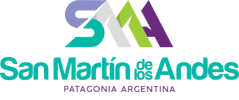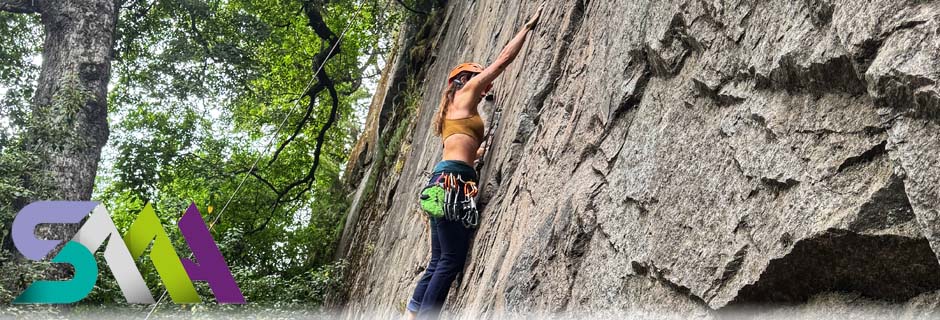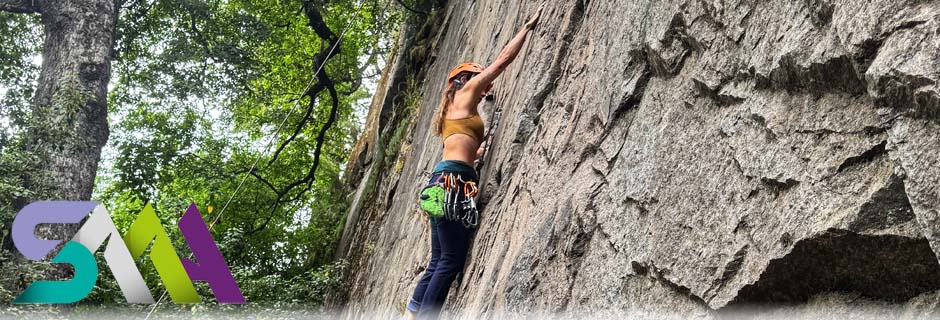
You will be able to visit Meliquina Lake, Caleufu River and Filo Hua Hum Lake, where you will see the differences between the native and the planted forests, evidence of the existence of native people, and spectacular rock formations carved by erosion.
Duration: One day
Distance: 0 kms
Enabled: Summer, Autumn, Spring
Description tour: Meliquina and Filo Hua Hum
Taking San Martin de los Andes as the starting point, you should go along the National Road Nº 234, known as "the Seven Lakes" which leads to Villa La Angostura.
The first twenty-five kilometres of the way (see "Villa Traful along Seven Lakes") offer no possibility of mistake since the road is paved and its limits are well defined, where you will find the access to the beaches located near the city (Catritre and Villa Quila Quina), the detour to Chapelco mountain and rural people homes, all surrounded by a splendid forest of Oak trees and enough viewpoints so as not to miss the wonderful landscape.
The detour to Meliquina Lake
From Hermoso River you should take the Provincial Road Nº 63 which opens to the left and after 30 km of gravel, you will reach Filo Hua Hum Lake going past Villa Lago Meliquina.
Small mountain streams run across the road, and the forest begins to open, giving you the chance to enjoy the first views of Meliquina Lake with calm waters that reflect the surrounding mountains. The narrow track continues until reaching the bridge over Meliquina River.
Villa Lago Meliquina
A developing urbanization extends to both sides of the road. Services are provided, especially the ones related to gastronomy.
If you go with children or you feel like a fisherman without luck, we recommend visiting the first building located on the right going past the bridge. You will find a huge aquarium containing half dozen rainbow trouts, among antique ornaments and an odd decoration. You can feed the trouts and watch them in their natural state (alive of course).
The tour continues among Pine forests which belong to private companies, and then along the riverside until the detour that leads to Filo Hua Hum Lake.
Filo Hua Hum Lake
Located four kilometers ahead, it is one of the finest jewels of the Patagonian Nature. It is a beautiful lake and it is not polluted yet by the massive tourist influence. You will be surprised with its spectacular beaches, the views from the access road, an attractive castle located on a mountain, and Ponderosa and Oregón pine plantations located on the slopes of the hills.
The lake is considered one of the best places for sport fishing in the region. There is a campsite with toilets, hot water, a supply shop and electricity generated by a turbine.
Casa de Piedra (Stone House)
Going back to the Provincial Road Nº 63 on the right, you will see the curious rock formations where Limay and Traful River come together, known as Valle Encantado.
Here there are rock sculptures product of the erosive action of ice, water and wind.
During the tour you can visit "Casa de Piedra", a cave used by native people 10,000 years ago, that still keep evidence of fire and cave paintings.
Across the road there is a beautiful natural viewpoint and a picnic area. The rocks form a natural balcony over Caleufu River from which you can observe the trouts looking for nourishment.
Option continuing to Villa Traful
The trip can be extended to Villa Traful, allowing the return along the National Road Nº 234 (of the Seven Lakes) to San Martín de los Andes, being a perfect full-day tour.
You should continue 19 kilometres along the Provincial Road Nº 63 and you will reach Paso del Córdoba, which is a steep road, full of bends. The view is beautiful especially in autumn when the leaves of the trees become yellow and red.
The valley is extensive, where you will be able to enjoy a transitional vegetation between forest and steppe surrounding the road, displaying a perfect harmony.
The slope down continues until Confluencia, where Limay and Traful Rivers join. There is a petrol station, a hotel and a spot which offers food services. Then you should take the Provincial Road Nº 65 to the right, to reach Villa Traful (35 km).
The road runs along Traful River, there are rock formations, and a lot of options to enjoy the place.
After crossing the bridge over Cuyín Manzano River, a five-kilometre detour to the left will lead to the setting Cuyín Manzano. There are caves used as a refuge for the condors, located inside an impressive rocky hill called Condoreras. They are easily recognizable by the accumulation of excrement on the outside rocks.
The final strecht to Villa Traful is a delight to the eye. A natural viewpoint located on top of a 70 metres high cliff, which can be easily accessed by a wooden staircase, will leave you in front of the lake (estimated area of water 80 km2). You will be able to see the mountain range at the back, where the 2000 metre Peak Traful draws the attention.
Then you will find Paloma Araucana campsite, the crystal streams running on the white stones riverbed, the forest of Cypress trees and an absolutely irresistible nature. Finally you will reach the little Village of 700 inhabitants, providing all kind of services and a variety of tourism options.
We recommend returning by the National Road Nº 234, where you should continue another 27 kilometres to reach it. On the right you have to drive 80 more km (the last 50 km are paved) to reach the starting point (see the description of this strecht in the circuit "SMA - Traful along the Road of the Seven Lakes).

Office: Secretaría de Turismo - Av. San Martín y Juan Manuel de Rosas
Opening hours: 7:00hs a 14:00hs
Phone: 02972-425500
 Back to: Outdoors
Back to: Outdoors
 Visit also:
Thermal Springs,
Seven Lakes Area,
Lanín - Tromen Area,
Lolog Area,
Central and Vegas Areas,
Lácar Area
Visit also:
Thermal Springs,
Seven Lakes Area,
Lanín - Tromen Area,
Lolog Area,
Central and Vegas Areas,
Lácar Area








